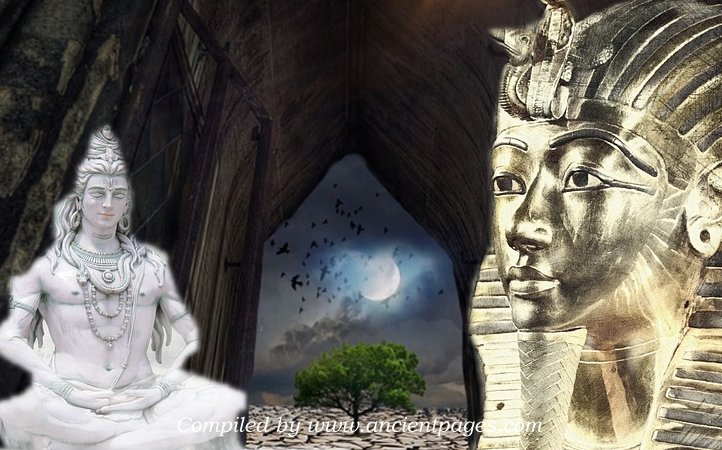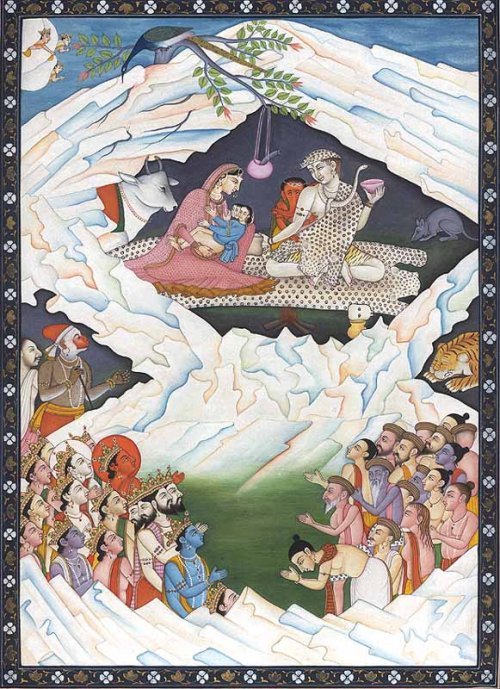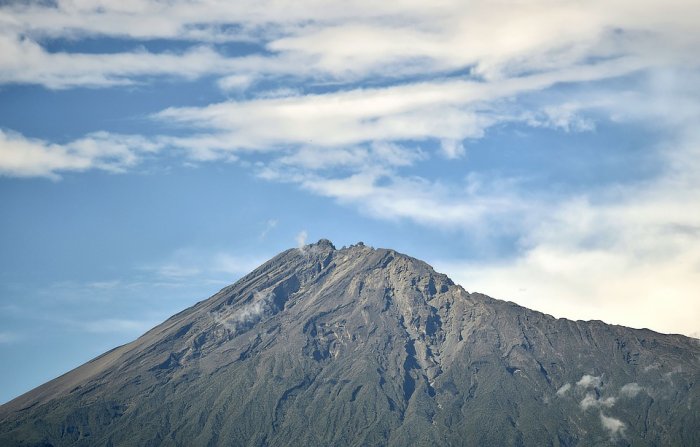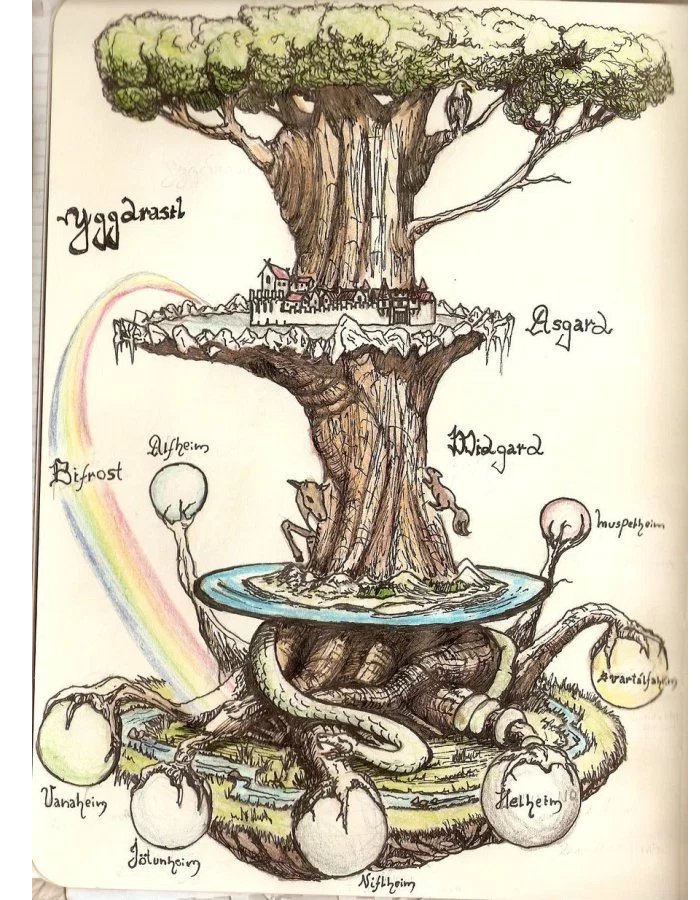Axis Mundi That Symbolizes Separation Of The Earth From The Heaven
David Tee - AncientPages.com - There are many names that describe the nature and function of the axis mundi. It is known as the world pillar or the center of the world. These are but a few of the names that describe a belief that is found in all cultures around the world.
To keep the definition simple, axis mundi symbolizes the special point connecting the earth and the sky/heavens, but it is not limited by geography or religious beliefs.
Many humans believe they can communicate directly with their celestial gods. It is also the point where humans can receive blessings from their gods. The axis mundi is the people's idea of the center of the world and at the same time, a stable element of the universe.
Mountains Can Be The Axis Mundi
Mountains are one of the more popular points where the ancients believed the earth connected to heaven. For the Sioux Indians in Dakota, the Black Hills were their center of the earth.
The Japanese held that Mt. Fuji was the actual connection. For the Chinese, it was a mythical mountain called Mount Kunlun, while the Hindus of India believed that it was both Mount Meru and Mount Kailash. Mount Meru is located in India and Mount Kailash is found in Tibet.
The Greeks believed that Mt. Olympus was the connection between heaven and earth and they had other sacred places of earth's Omphalos (navel). However, they had other sacred sites of earth's omphalos (navel). These people maintained a belief in a cosmic world tree; Mt Olympus was the abode of the gods and as the oracle at Delphi, allowed direct communication with the gods
The Aztecs held that Machu Picchu was the spiritual center of the world and built their own village there for better access to their spiritual gods. Mountains come with a special quality all their own as they are perceived to be strong, majestic and their height makes them close to heaven.
Mount Kailash, depicting the holy family: Shiva and Parvati, cradling Skanda with Ganesha by Shiva's side. Credit: Public Domain
We can add the temple mount to this list due to the resurrection story in the Bible and Mohammad’s rise to heaven. Spiritual beliefs play a great role in how early civilizations viewed the axis Mundi.
Geographical Locations Are Not Disqualified
Countries and cities were often depicted as axis mundi . Whether it is ego or religious belief is sometimes hard to tell. Both the Chinese and the ancient Egyptians felt that their kingdoms were the center of the earth and had special connections to the heavens.
On an early medieval map, the city of Jerusalem was placed in the center of the world with each continent coming out of it like a spoke in a wheel. The Muslims hold that the city of Mecca has a special connection to the celestial world.
Buildings Were Not Ignored
The flexibility of the axis Mundi did not stop with natural formations or geographical locations. The ancient Sumerians and Babylonians held that buildings could connect with the heavens and built ziggurats to prove their point. These artificial mountains were designed specifically for communication and attachment to the celestial world above.
The Khmer of early Cambodia built Angor Wat for the same reasons. The design of the temple mirrored mount Meru adding to the idea that Angor Wat was a special place to connect and communicate with the gods.
Mount Meru
It would seem that geography played a role in how an axis Mundi was created. Cambodia, Sumer, and Babylon are not known as mountainous countries or having very high mountains. Replacements had to be made to make up for this void of ownership of such an important part of human life and culture.
Nature Can Be Considered To Be An Axis Mundi
Norse mythology leads us to their belief that one tree, Yggdrasil holds 9 different worldly systems. Then the pathway could have no visible shape and Shamans were thought to have the power to travel to different worlds to learn how to heal, gain wisdom and retrieve souls.
Not to be left out, many people consider the human body to be able to have this special connection to the celestial realms. In the chakra traditions of both Hinduism and Buddhism, the human body is seen as a pillar or temple.
This design enabled the adherents to conclude that meditation and prayer would allow a person to leave their bodies and commune with the spirits. The idea that the human body is an axis mundi can also be seen in the Christian faith.
Yggdrasil: Eternal And Sacred Tree Of Life In Norse Mythology - read more
The book of Hebrews, chapter 8 verse 10 says- For this is the covenant that I will make with the house of Israel after those days, saith the Lord; I will put my laws into their mind, and write them in their hearts: and I will be to them a God, and they shall be to me a people
The Christian does not leave their body, but they have a connection to God through God’s direct actions. Leonardo da Vinci’s Vitruvian man, yoga, and even Tai Chi contribute to the idea that the human body is a conduit for communication with spiritual worlds that cannot be seen with the naked eye.
The Form Of The Axis Mundi
As can be seen, it does not matter what form the axis mundi takes on. It also does not matter what name it is given. Whatever was considered to be the connection point between heaven and earth was elevated to a special status. This status led the ancient people to revere those points and elevate them to sacred nature.
The axis Mundi provided a purpose to their lives, one where they could go and reach out to the gods, communicate with them, and learn more. The axis Mundi helped define who they were as a person and as a group of people.
It helped them relate to the world around them when they came in contact with other nations. It gave them hope that there was something more than just a single life on earth.
Written by – David Tee AncientPages.com Staff Writer
Copyright © AncientPages.com All rights reserved. This material may not be published, broadcast, rewritten or redistributed in whole or part without the express written permission of AncientPages.com
Expand for referencesFrank Desmedt - The Cosmic Tree
Mircea Eliade - Symbolism of the Centre' in Images and Symbols
More From Ancient Pages
-
 10,000-Year-Old Adorned Female Infant Burial Discovered In European Cave
Archaeology | Dec 14, 2021
10,000-Year-Old Adorned Female Infant Burial Discovered In European Cave
Archaeology | Dec 14, 2021 -
 Mysterious Hornet Spook Light In Missouri
Featured Stories | Apr 22, 2020
Mysterious Hornet Spook Light In Missouri
Featured Stories | Apr 22, 2020 -
 Forbidden Ancient Manuscripts Almost Erased From History – Unusual Myths, Beliefs And Practices – Part 2
Artifacts | May 11, 2018
Forbidden Ancient Manuscripts Almost Erased From History – Unusual Myths, Beliefs And Practices – Part 2
Artifacts | May 11, 2018 -
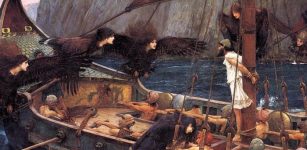 Sirens: The Secret Of The Power In Their Captivating Song That Heralded Death
Featured Stories | Jul 9, 2023
Sirens: The Secret Of The Power In Their Captivating Song That Heralded Death
Featured Stories | Jul 9, 2023 -
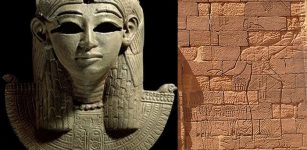 Amanirenas – Fearless Queen Of Kush Who Defeated Ancient Romans
Featured Stories | Jan 30, 2019
Amanirenas – Fearless Queen Of Kush Who Defeated Ancient Romans
Featured Stories | Jan 30, 2019 -
 Patara Lighthouse Built By Emperor Nero In 64 AD Will Shine Again
Archaeology | Mar 5, 2020
Patara Lighthouse Built By Emperor Nero In 64 AD Will Shine Again
Archaeology | Mar 5, 2020 -
 Early Human Communication May Have Been Influenced By Changing African Landscape – Anthropologists Say
Evolution | Dec 28, 2023
Early Human Communication May Have Been Influenced By Changing African Landscape – Anthropologists Say
Evolution | Dec 28, 2023 -
 A Tooth That Rewrites History? The Discovery Challenging What We Knew About Neanderthals
DNA | Oct 23, 2023
A Tooth That Rewrites History? The Discovery Challenging What We Knew About Neanderthals
DNA | Oct 23, 2023 -
 The Writing Ball: A Great Invention In 1870
Ancient History Facts | Jun 30, 2016
The Writing Ball: A Great Invention In 1870
Ancient History Facts | Jun 30, 2016 -
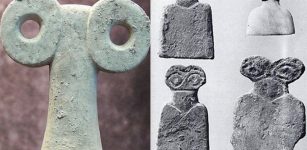 Remarkable Ancient Statues From The Eye Temple – Unique Legacy From Tell Brak, Syria
Artifacts | Jul 20, 2018
Remarkable Ancient Statues From The Eye Temple – Unique Legacy From Tell Brak, Syria
Artifacts | Jul 20, 2018 -
 Islands Of The Tropical Pacific Ocean Were Settled Much Earlier Than Previously Thought – New Theory
Archaeology | Dec 20, 2022
Islands Of The Tropical Pacific Ocean Were Settled Much Earlier Than Previously Thought – New Theory
Archaeology | Dec 20, 2022 -
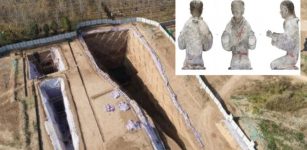 Thousands Magnificent Jade Artifacts Discovered In Han Dynasty Tombs – China’s Golden Age In New Light
Archaeology | Jul 23, 2020
Thousands Magnificent Jade Artifacts Discovered In Han Dynasty Tombs – China’s Golden Age In New Light
Archaeology | Jul 23, 2020 -
 A 2,700-Year-Old Urartians’ Ayanis Castle And Haldi Temple – Soon An Open-Air Museum
Archaeology | Aug 10, 2020
A 2,700-Year-Old Urartians’ Ayanis Castle And Haldi Temple – Soon An Open-Air Museum
Archaeology | Aug 10, 2020 -
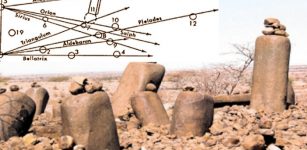 Namoratunga – Kenya’s Fascinating Megalithic Site Oriented Toward Specific Stars And Constellations
Featured Stories | Jul 6, 2021
Namoratunga – Kenya’s Fascinating Megalithic Site Oriented Toward Specific Stars And Constellations
Featured Stories | Jul 6, 2021 -
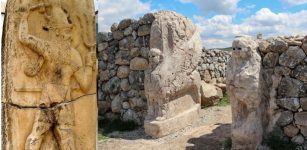 Drought Accelerated Hittite Empire Collapse – New Study Suggests
Archaeology | Feb 12, 2023
Drought Accelerated Hittite Empire Collapse – New Study Suggests
Archaeology | Feb 12, 2023 -
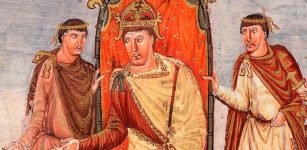 On This Day In History: Edict Of Pistres ‘A New Law’ Against Viking Raids Issued – On July 25, 864
News | Jul 25, 2016
On This Day In History: Edict Of Pistres ‘A New Law’ Against Viking Raids Issued – On July 25, 864
News | Jul 25, 2016 -
 A Rare 1,500 Year Old Mosaic That Depicts Ancient Streets And Buildings in Egypt – Discovered
News | Sep 29, 2015
A Rare 1,500 Year Old Mosaic That Depicts Ancient Streets And Buildings in Egypt – Discovered
News | Sep 29, 2015 -
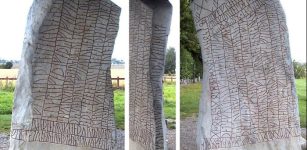 Rök Stone: Longest Runic Inscription Ever Discovered
Featured Stories | Mar 12, 2023
Rök Stone: Longest Runic Inscription Ever Discovered
Featured Stories | Mar 12, 2023 -
 Gallic Leader Vercingetorix In Victorious Battle Of Gergovia, 52 BC
Featured Stories | Jan 23, 2017
Gallic Leader Vercingetorix In Victorious Battle Of Gergovia, 52 BC
Featured Stories | Jan 23, 2017 -
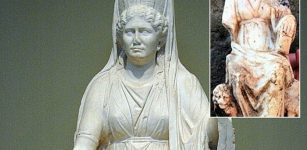 Marble 2th Century AD Statuette Of Goddess Cybele Unearthed In Bulgaria’s Plovdiv
Archaeology | Nov 5, 2019
Marble 2th Century AD Statuette Of Goddess Cybele Unearthed In Bulgaria’s Plovdiv
Archaeology | Nov 5, 2019

